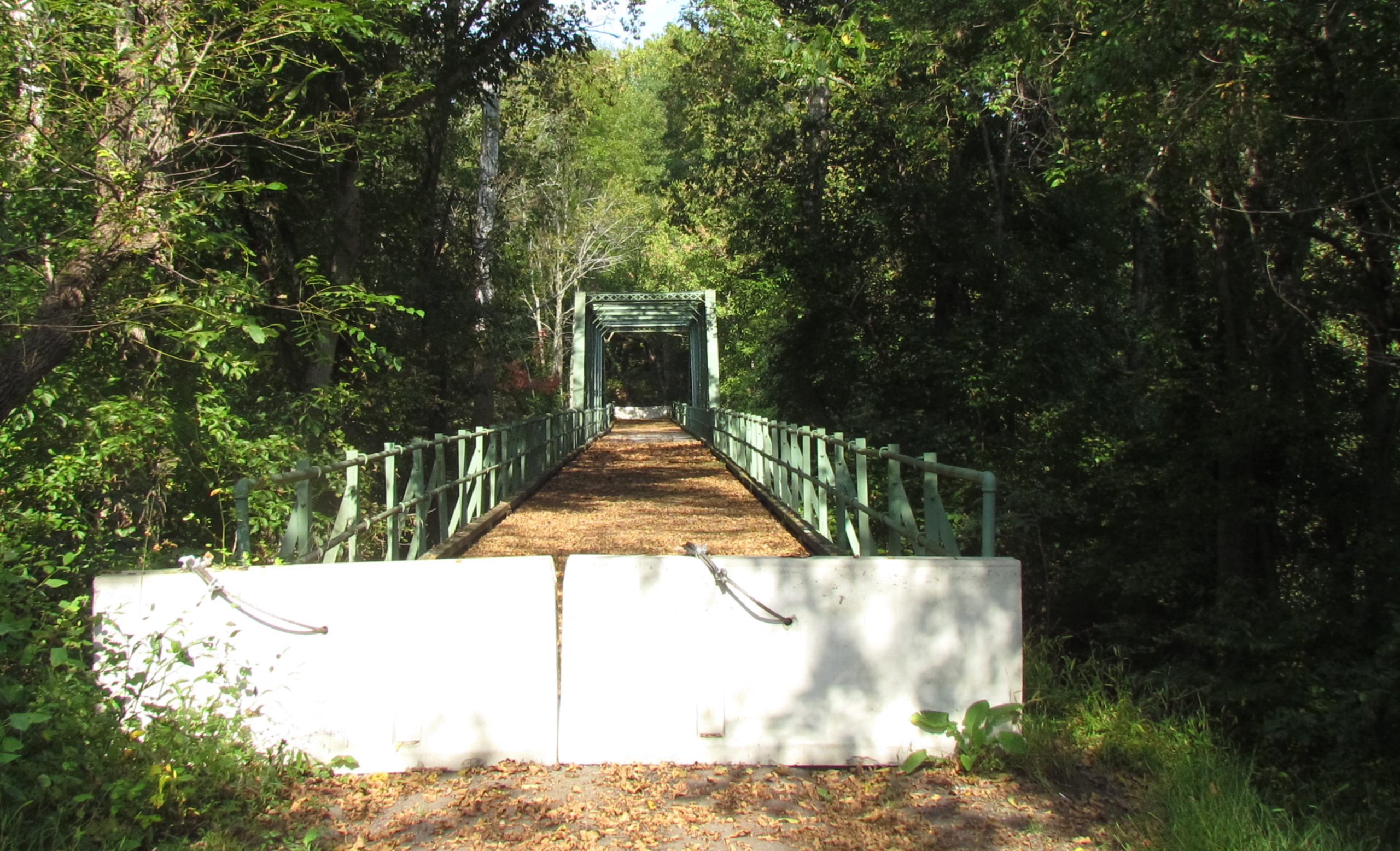The other night as I drove home, I paid attention to each bridge crossing. There were 18 concrete slab bridges. A majority of our roadways are repetitive monolithic creatures with little character or interest of their own. This reminded me of a statistic I once heard about how the drive to somewhere can be a valuable part of the tourist experience. Most people probably don’t travel out of their way to visit a historic bridge, but crossing one is a memorable part of the journey. And if you live near one, it probably is a part of what defines ‘home’ for you.

I see these historic and modern road structures similar to how historic downtowns compare to new shopping centers. They both provide for the use needed, but one is pretty standardized, and the other is unique in design and built in an era when things were meant to be repaired rather than replaced.
Spanning the Rappahannock River, the Waterloo Bridge connects Fauquier and Culpeper Counties, and it’s a treasured historic resource for many people, including myself. Unfortunately, it’s been closed and waiting to be repaired for three years. Built in 1878, it was the oldest metal truss bridge still in service in Virginia, before it was closed to traffic.
Due to the length of time the bridge has been closed, it’s now a victim of what’s called, “demolition by neglect.” In 2015, Virginia Department of Transportation (VDOT) issued a hopeful public statement saying, “preserving the historic character of the bridge is an achievable goal.” However, no rehabilitation is underway, and when asked about the maintenance plan for the closed structure, VDOT representatives explain they are are simply inspecting its condition.
Fauquier and Culpeper County citizens have written their supervisors, state representatives and VDOT. Many have also put up yard signs saying, “Save Waterloo Bridge.” We are continuing to push for the bridge to be rehabilitated and reopened to vehicular traffic. In the past three years, we have hired engineers to give a cost estimate of rehab, pursued VDOT maintenance and revenue share funds, looked into grants from nonprofits and secured a private match contribution of $1 million. But there still hasn’t been any movement on repairs.
Waterloo Bridge is not alone, though. Truss bridges, once a popular bridge type during the late nineteenth and early twentieth centuries, are now rare. They are one of the earliest modern bridge types, and demonstrate remarkable efficiency and diversity. They are a symbol of American ingenuity at its best. Since VDOT’s first survey of these remaining structures in 1975, we’ve lost 90 percent of them and another 24 are slated for replacement within the next 5 years.
There are two major reasons these bridges are disappearing. First, there is no dedicated funding source for rehabilitating historic bridges in Virginia. This means, the bridges have to compete in categories such as capacity, safety and ease of maintenance. Second, VDOT’s policies indicate a clear push to remove these historic structures from their system.
It’s no wonder we are having so much trouble saving Waterloo Bridge — every metal truss bridge in the state is under fire. There are only six metal truss bridges built before 1900 left in the state, one of which is in Brunswick and slated for replacement in 2018. And another one is the Waterloo Bridge, which — as of now — is being left to deteriorate.
The Counties and VDOT need to act before it’s too late. VDOT has said that rehabilitation, with increased load capacity, is possible. They have determined rehabilitation would cost $4.5 million— that is $2 million cheaper than replacing the bridge outright (which is the current plan). With a private donor generously offering $1 million towards rehabilitation, the question now is — what are we waiting for?
It’s time to Save Waterloo Bridge.
This article was featured in our Spring 2017 Member Newsletter, The Piedmont View.
